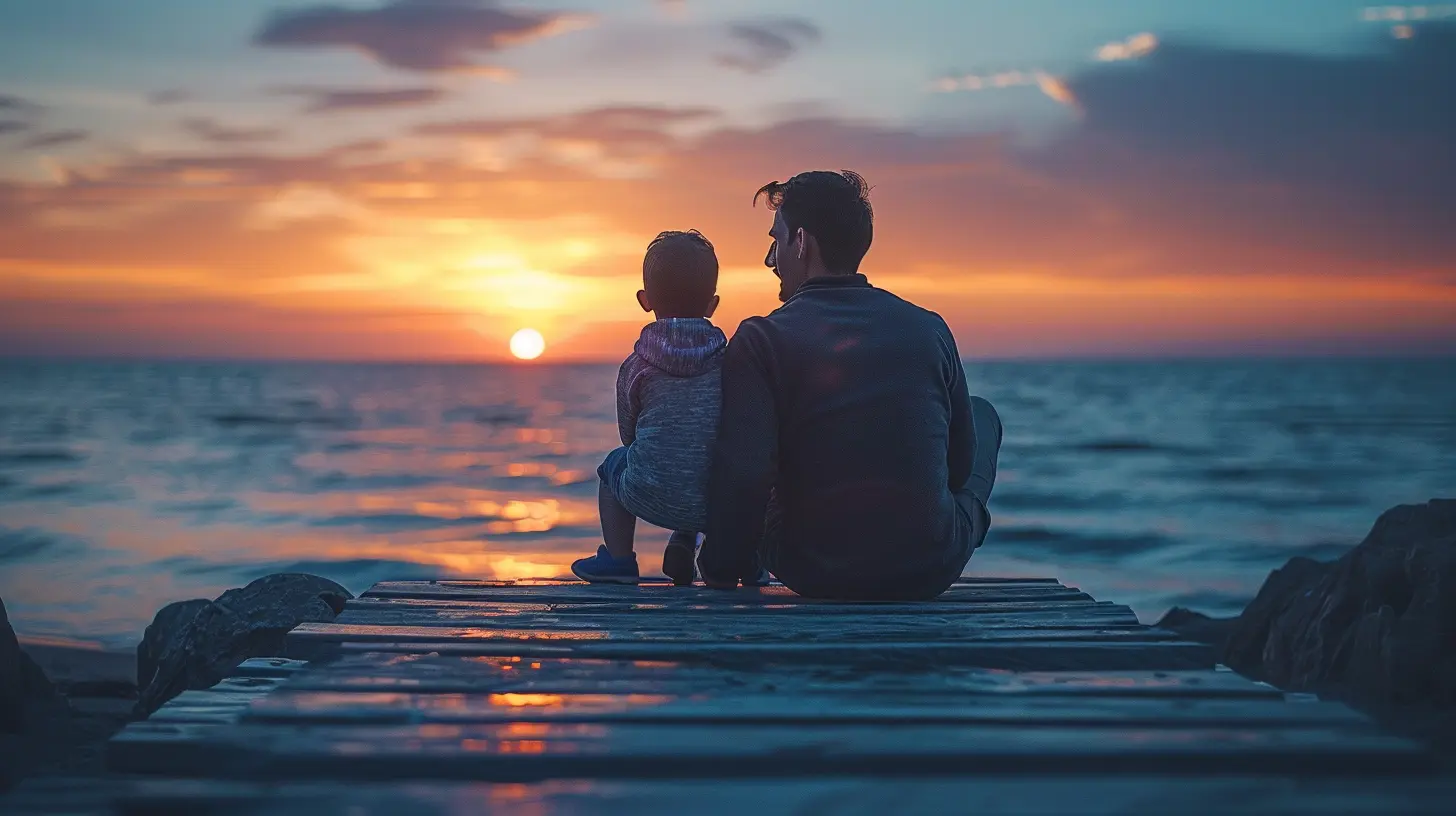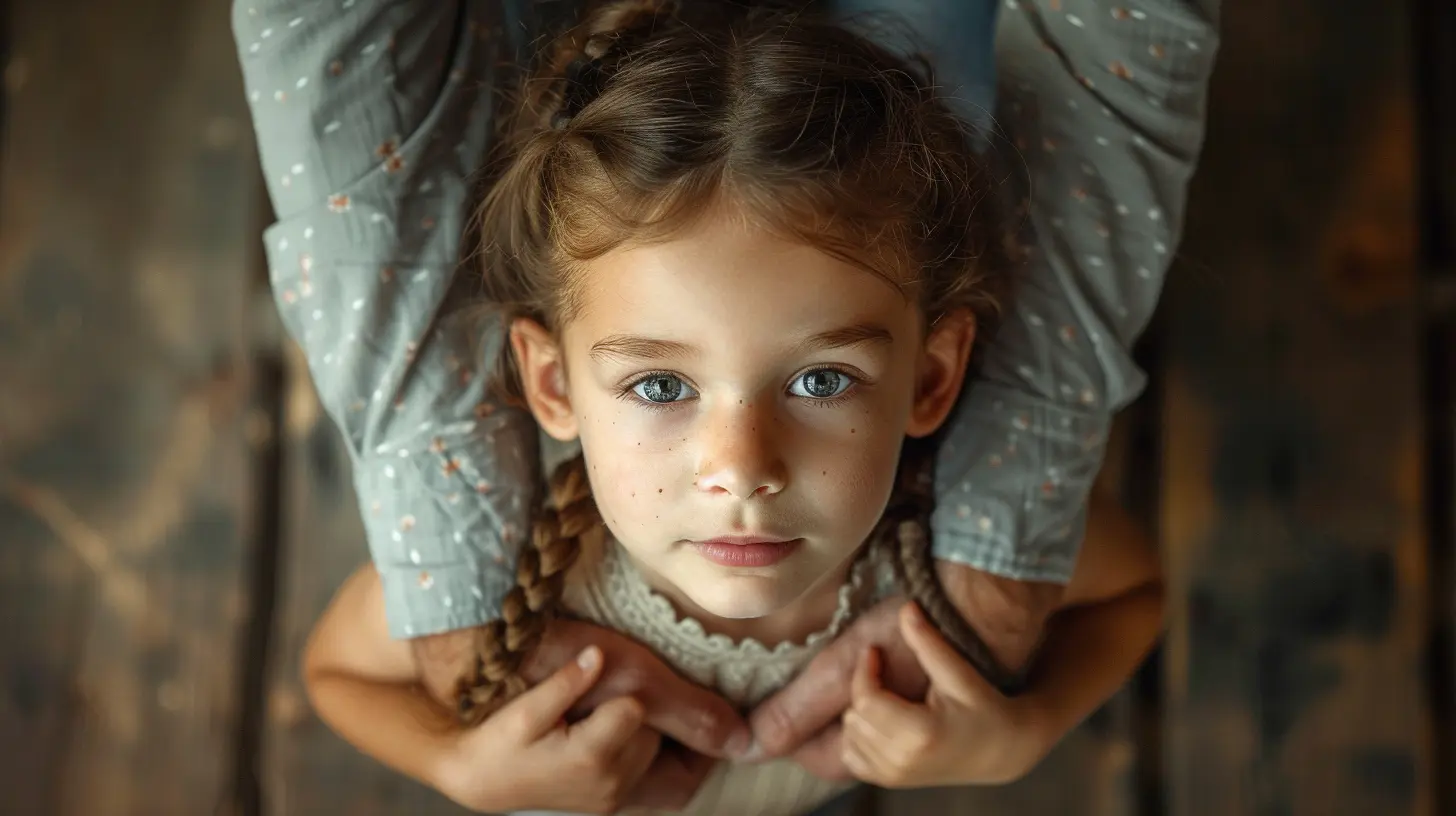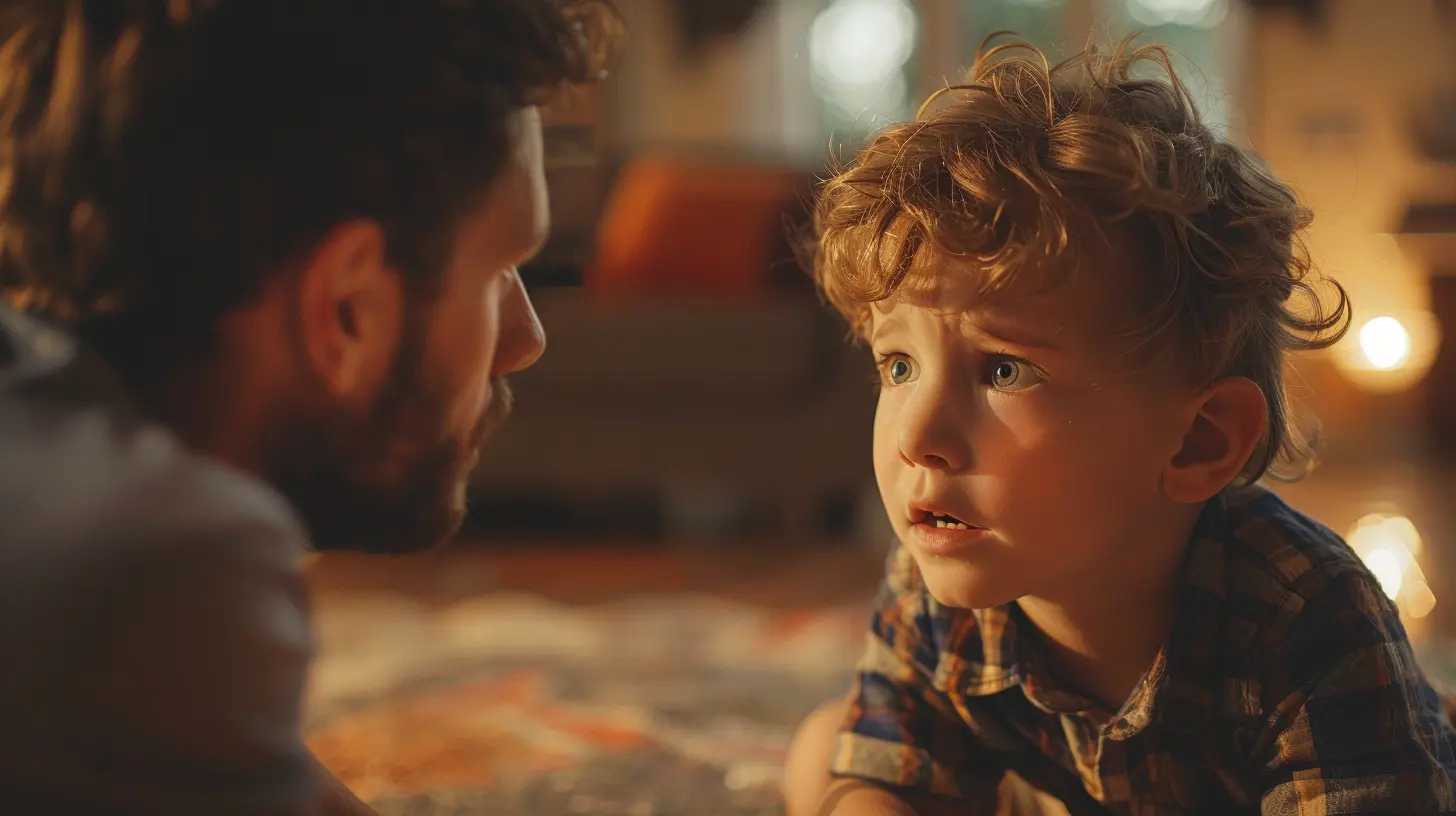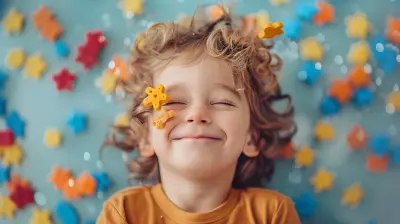How to Discipline Without Breaking Your Child's Spirit
26 June 2025
Raising kids is a wild, beautiful ride—full of love, laughter, and yeah...plenty of trying moments too. One of the trickiest parenting challenges? Discipline.
We want our kids to grow up kind, respectful, and responsible. But here's the catch: how do you correct their behavior without crushing their confidence? How do you set boundaries without breaking their spirit?
Let’s face it—discipline isn’t just about timeouts and consequences. It’s about teaching, building trust, and helping your child bloom into the best version of themselves without dampening their shine.
In this post, we’re diving deep into how to discipline without breaking your child’s spirit. No shame. No yelling. Just connection, boundaries, and compassion.
Why Discipline Isn't a Dirty Word
Let’s clear something up right away. Discipline often gets a bad rap. It brings to mind punishment, raised voices, or worse. But at its core, discipline simply means guidance.Think of it as a GPS. It doesn’t scream at you for taking a wrong turn—it just calmly reroutes you.
That’s what our kids need. Calm correction, not crushing blame.
The Difference Between Discipline and Punishment
Most of us grew up with a pretty punishment-heavy model. Do something wrong? Boom! Time-out, spanking, shouting, or grounding.But here’s the deal: punishment is about control. Discipline is about teaching.
Discipline:
✔️ Focuses on the behavior, not the child
✔️ Helps kids understand the “why”
✔️ Builds emotional intelligence and accountability
Punishment:
❌ Shames or embarrasses
❌ Can damage trust and self-worth
❌ Often teaches fear—not understanding
When kids feel heard, respected, and safe, they’re way more likely to change their behavior for the right reasons—not just to avoid consequences.
Start with Connection—Always
“Connection before correction.”You’ve probably heard that phrase. And guess what? It’s gold.
When your child feels connected to you, they’re more open to guidance. They’ll listen, not because they’re afraid, but because they trust you.
Here’s how you build that connection:
- Get on their level (literally—eye contact works wonders)
- Use their name gently
- Show empathy first: “I see you’re upset…”
- Stay calm (they match your energy)
- Offer hugs before lectures
It might feel counterintuitive, especially when emotions are high. But connection is the bridge to cooperation.
Understand the Behavior Behind the Behavior
Kids are tiny humans with big feelings and very under-construction brains.So, when your child hits, yells, throws a tantrum—know this: they’re not being “bad.” They’re struggling.
Behavior is communication.
Ask yourself:
- Are they tired?
- Hungry?
- Overstimulated?
- Feeling out of control?
Just like adults bite people’s heads off when they’re stressed, kids act out when their needs aren't being met.
So instead of asking “Why are they behaving like this?” try “What are they really trying to tell me?”
Set Clear (and Kind!) Boundaries
Discipline isn’t about being a pushover. In fact, kids feel safer with boundaries.Boundaries tell them:
- You care enough to set limits
- You will protect them (even from themselves)
- You mean what you say
But the magic happens when boundaries are firm AND kind.
For example:
Instead of: "If you throw that toy again, you're going straight to your room!"
Try: "Toys are for playing, not throwing. If you throw it again, I’ll need to put it away for now."
You’re not threatening—you’re teaching and following through.
Consequences That Teach, Not Shame
Natural and logical consequences are your BFFs here.Instead of punishing, you let the situation teach the lesson.
- Spilled the milk because they were goofing around? Let them help clean up.
- Refused to put away the tablet? Screen time ends earlier the next day.
The best consequences:
- Are related to the misbehavior
- Are respectful, not humiliating
- Help kids learn real-world cause and effect
Remember: the goal isn’t to make them feel bad. It’s to help them think, “Hmm, maybe I’ll make a different choice next time.”
Talk Less, Listen More
When our kids mess up, it’s tempting to jump into lecture mode. But let’s be honest—how often do lectures actually change behavior?Instead, ask:
- “What happened?”
- “How were you feeling?”
- “How can you make it right?”
- “What could you do differently next time?”
Let them reflect. Let them feel heard. And then brainstorm solutions together.
When you involve them in the process, they stop seeing you as the enemy—and start seeing themselves as capable of change.
Stay Consistent (But Be Flexible)
Consistency is key. Kids need to know what to expect. If one day yelling gets ignored and the next day it gets them in trouble, they just get confused.So:
- Follow through with consequences
- Stick to your boundaries
- Use the same language and routines
...but also, life happens.
You’re human. They’re human. If the day has been wild and everyone’s running on fumes, give grace. Adapt. Let love lead.
Discipline Without Guilt
Let’s get real for a second. Parenting is hard. Some days you’ll yell. You’ll lose your cool. You’ll say the wrong thing.Guess what? That doesn’t make you a bad parent. That makes you a human parent.
What matters most is what comes next:
- Apologize. It teaches humility.
- Repair the connection.
- Keep showing up.
Kids don’t need perfect parents. They need present ones.
Encouragement Over Criticism
Criticism chips away at your child’s spirit. Encouragement builds it up.Instead of pointing out what they’re doing wrong all the time, catch them doing something right.
Examples:
- “I noticed how gently you played with your sister. That was kind.”
- “Thanks for putting your shoes where they belong. That helps a lot.”
- “You handled that disappointment better today. I’m proud of you.”
Positive reinforcement can work wonders. It boosts their confidence and increases the behaviors you want to see.
Teach Emotional Regulation
Kids don’t come pre-wired with self-regulation. That’s a skill we have to teach over and over again.So when they’re spiraling, your calm is their anchor.
Help them name their feelings:
- “You’re feeling really frustrated right now.”
- “It’s okay to be sad. I’m here.”
Use calming strategies:
- Deep breaths (box breathing is fun: in-2-3-4, hold-2-3-4, out-2-3-4)
- Sensory breaks
- A cozy corner/quiet time space
The more you help them manage their emotions, the less often those emotions will erupt in problematic behavior.
Model What You Want to See
You can’t teach respect by being disrespectful. You can’t expect calm if you always react with anger.Kids are watching. Always. They learn more from how we act than from what we say.
So if you want your child to:
- Admit mistakes
- Speak kindly
- Stay calm in conflict...
Then guess what? You’ve got to go first.
And when you mess up? Say so out loud. “I was upset and I raised my voice—I'm sorry. I should’ve taken a break.” That right there? Powerful.
When to Seek Help
Sometimes, discipline challenges go beyond what you can (or should) do alone.If your child’s behavior is:
- Extreme
- Persistent
- Interfering with school or friendships
- Making home life feel unmanageable…
There’s no shame in reaching out to a pediatrician, counselor, or child behavior specialist. Getting support doesn’t mean you failed—it means you’re doing everything you can to help your child thrive.
Final Thoughts: Lead with Love
Discipline isn’t about controlling your child—it’s about guiding them with love, patience, and empathy.Yes, they’ll push boundaries. Yes, they’ll test limits. But those are actually signs that they feel safe with you.
Your job isn’t to mold them into perfect little robots. It’s to help them grow strong roots of self-respect, emotional regulation, and compassion.
So let’s ditch the yelling, the shame, the power struggles. Let’s choose connection. Let’s choose grace. Let’s choose kindness even in the chaos.
Because when discipline is done with love, it doesn’t break your child’s spirit—it builds their character.
Quick Takeaways
✅ Discipline = Teaching, not punishing✅ Connection is the foundation of correction
✅ Behavior is communication—look beneath the surface
✅ Set firm-but-loving boundaries
✅ Use natural and logical consequences
✅ Praise effort, not just outcomes
✅ Model the behavior you want to see
✅ Stay consistent but be kind to yourself
✅ Seek professional help if needed
all images in this post were generated using AI tools
Category:
Discipline TechniquesAuthor:

Maya Underwood
Discussion
rate this article
1 comments
Zailyn Sullivan
Thank you for this insightful article! Your approach to discipline resonates deeply, emphasizing the importance of nurturing a child’s spirit while guiding them. It’s refreshing to see such a compassionate perspective in parenting discussions.
June 29, 2025 at 3:39 AM

Maya Underwood
Thank you so much for your kind words! I’m glad the article resonated with you and that the compassionate approach to discipline stood out.


